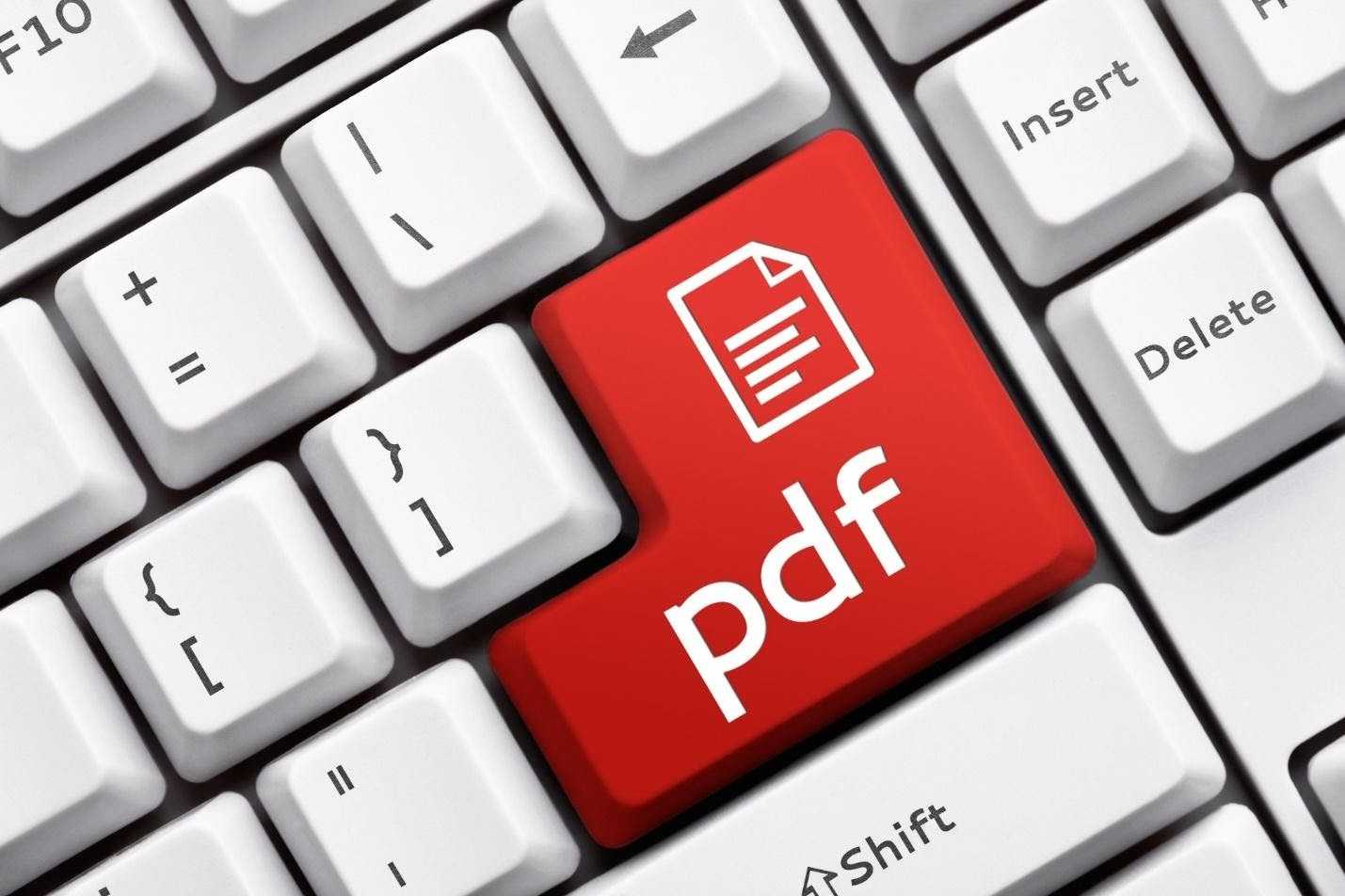
One of the most widely used file types today is the portable document format, otherwise known as PDF. It is a household format used in various professional industries as well as universities and by small businesses.
But what is a PDF, and what are the benefits of using it over other file types.
In this article, we will explore those benefits and break the PDF file format into simple terms. By doing so, you will be able to assess when to use PDF and for what purpose.
So read on to learn all about it!
What Is Portable Document Format?
The portable document format file was developed in 1993 by the software company Adobe. The purpose of the Adobe PDF is to present documents without the dependency on a single operating system, hardware, or application software. As mobile browsing became more standard, Adobe would make PDFs even more accessible by optimizing the format for the mobile experience.
Today, most browsers can open PDF files, and many operating systems come with pre-installed apps to open PDFs. Whether you’re using Windows, Mac, or Linux, you can open a PDF, and it will look the same across each operating system.
This compatibility plays a big part in the success of the PDF file format.
Benefits of Using PDF
PDF is also well-liked for several other benefits. Specific benefits are what separate PDFs apart from different file types.
Safety
In addition to being universally compatible, PDF is beneficial for creating secure information-sensitive documents.
PDFs are standard in business settings because you can prevent others from accessing or modifying document content. This security is made possible by restricting privileges or even protecting your PDF with a password. Any professional working with confidential documents must stay as safe as possible with their files. PDF is a wise choice in such a scenario.
Versatility
When done correctly, PDFs tend to look very clean and professional. This attractiveness lends itself well to any office or school space. The basic types of content in a PDF are:
- Text
- Vector graphics for illustrations
- Graphics for photographs
- Multimedia objects
Because PDFs combine various types of content, it is handy for almost any kind of document. You can use PDF for written documents, images, presentations, resumes, and more.
Converting Web Pages to PDF
Another excellent quality about PDF is that you can take programming languages such as HTML, C#, and other .NET libraries and convert them to PDF. Having the option to create a PDF from code can be very beneficial when you need to capture and edit the content on a webpage.
Turning code and website URLs into PDF files can be difficult without the proper knowledge; luckily, companies offer software solutions that allow you to generate pdf from c# with simple code.
Takeaways
In short, portable document format is a versatile and widely used file format in all modern professional settings. People praise PDF for its ease of use and security options for those looking to protect their documents.
If you liked this article, check out the rest of our blog and follow us on social media for the latest tech tips and news.
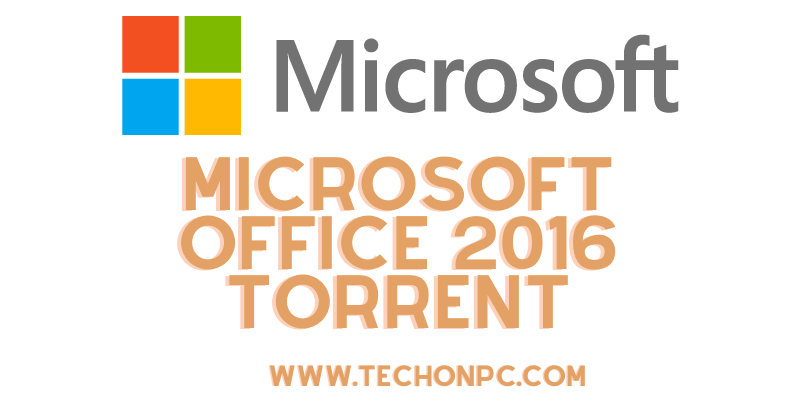
 Microsoft4 years ago
Microsoft4 years ago
 Torrent4 years ago
Torrent4 years ago
 Money4 years ago
Money4 years ago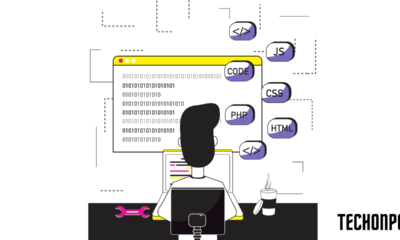
 Torrent4 years ago
Torrent4 years ago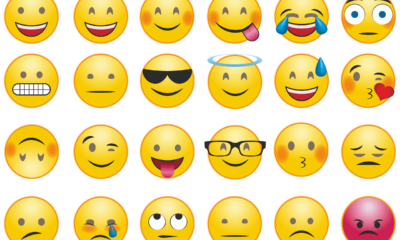
 Education3 years ago
Education3 years ago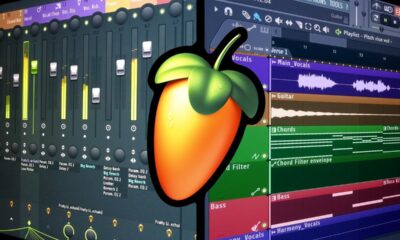
 Technology4 years ago
Technology4 years ago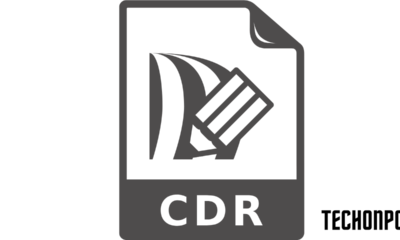
 Technology4 years ago
Technology4 years ago
 Education3 years ago
Education3 years ago




You must be logged in to post a comment Login